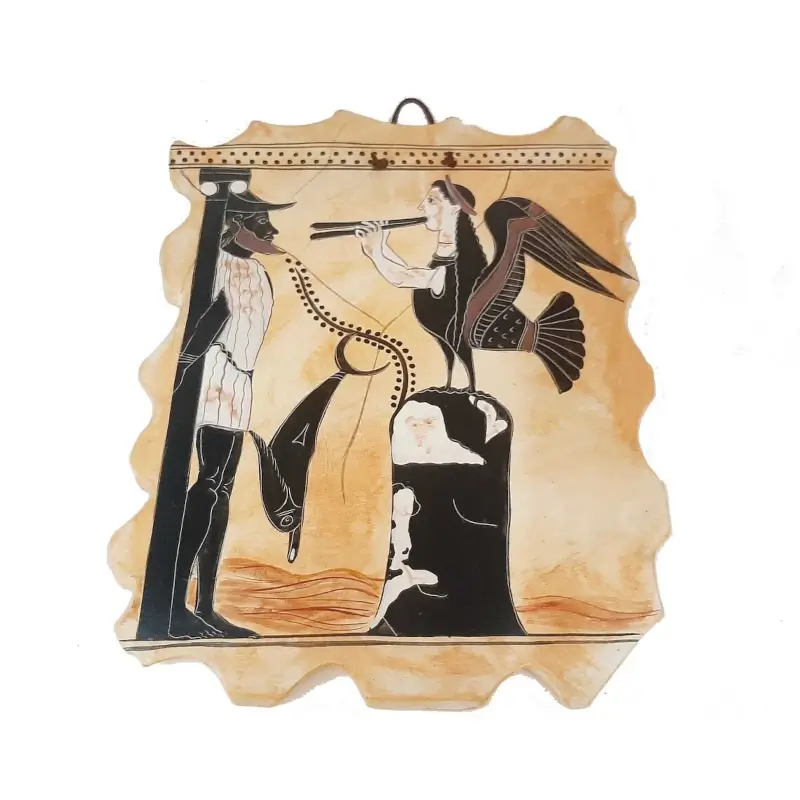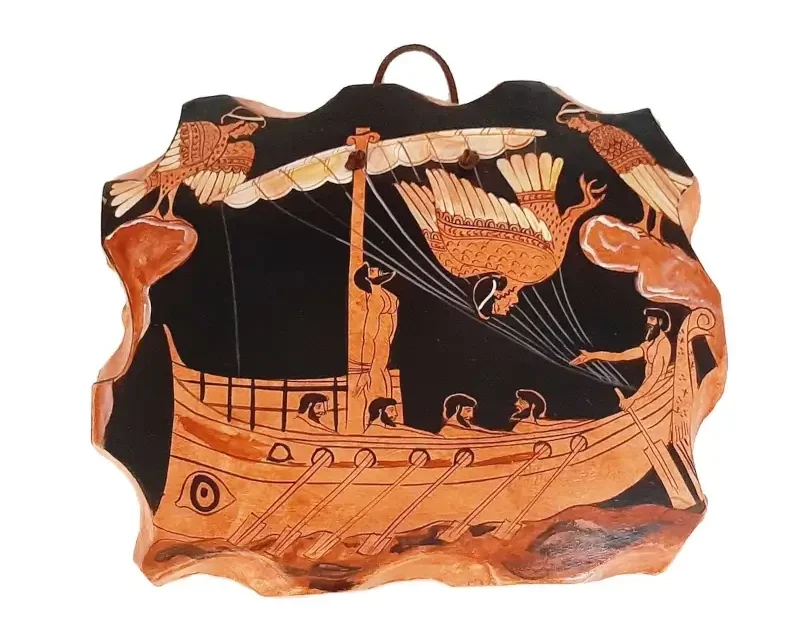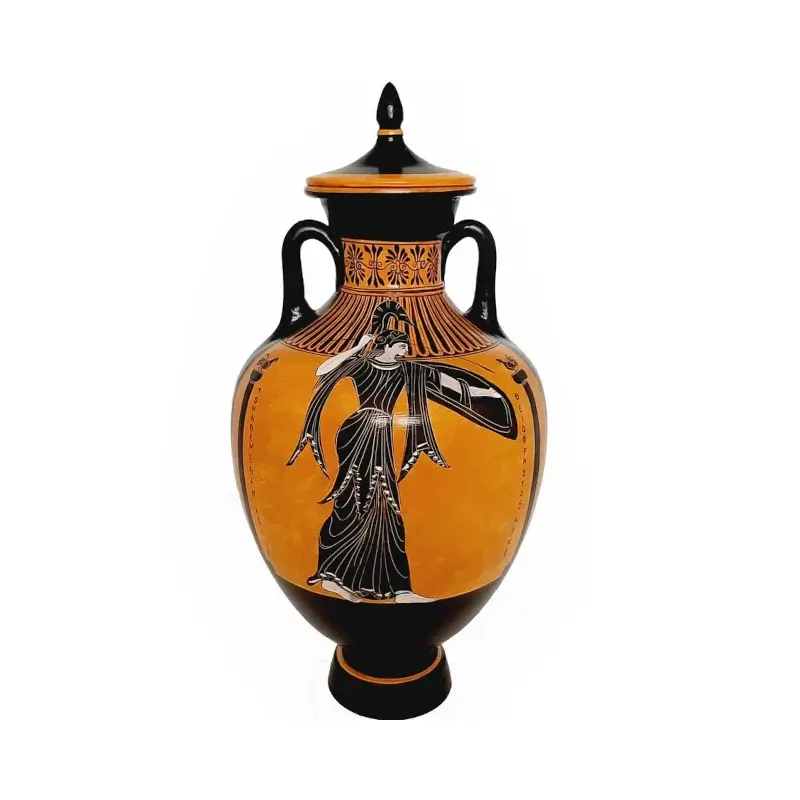Greek painting and its relation to pottery

In ancient Greece, ceramics and painting shared a canvas of artistic and cultural expression. These two areas, intertwined in technique and subject matter, narrated mythological and everyday stories, evolving in tandem. We have to take into account that painting would be the discipline that was used in murals, frescoes, as well as on the clay surface of a piece of pottery. Therefore, in order to know its pottery, it is also necessary to know its relationship with Greek painting.
The relationship between ceramics and painting in ancient Greece
As I mentioned before, both disciplines were intimately intertwined, reflecting both the artistic technique and cultural expression of the time. This connection manifests itself in several significant ways:
Ceramic Painting Techniques: Greek potters adopted advanced painting techniques to decorate their pots. These techniques included the style of black figures and red figures , where silhouettes and details were painted with precision and mastery. The evolution of these techniques shows a direct relationship with contemporary practices of painting on other materials.
Artistic and Stylistic Expression: Both panel painting and ceramics show a similar stylistic progression over time, from geometric and stylized forms to more naturalistic and detailed representations. This suggests a reciprocal influence and parallel evolution in both art forms.
Narrative and Thematic: Both disciplines shared common themes, including mythology, everyday scenes, and historical events. Greek pottery functioned as a ‘canvas’ for painters, allowing them to tell stories and depict scenes similar to those that might appear in frescoes or painted panels.

Cultural Importance: Ceramics and painting were both important means of cultural expression in ancient Greece. Both art forms were used to convey and perpetuate myths, social values, and historical events. Ceramics, in particular, served as an accessible medium for disseminating art and ideas to a wider audience, since frescoes and panel paintings were more exclusive and less durable.
Innovation and Experimentation: Ceramics provided a space for artistic experimentation, which in turn influenced painting practices. Ceramic artists experimented with shapes, colors and compositions that could inspire or be inspired by contemporary painting techniques.
Artist Education and Training: Many painters of ceramics in ancient Greece were also skilled in other art forms, including panel painting. Training in a variety of artistic techniques was common, allowing for a transfer of skills and styles between different media. This suggests that the practice of painting on pottery was not only a craft in its own right, but also part of a broader set of artistic skills in ancient Greece.

Artist Recognition and Signing: As in traditional painting, some artists signed their works, indicating a sense of authorship and pride in their work, which has also made it possible for us to identify their pieces, as in the case of Andócides o Exequias. This reflects a parallel in how both painting and ceramics were valued as art forms.
Influences and Techniques of Greek Painting
Artistic production in Greece began with the pre-Greek civilizations of the Cycladics and Minoans, who already showed influences from local traditions and the art of ancient Egypt. In ceramics, especially, we see the birth of what would become Greek painting. With over 100,000 significantly complete pieces, pottery gives us an unparalleled insight into Greek life.
The Stages of Greek Painting
Its stages are aligned with the historical periods: Archaic, Classical and Hellenistic.. Each period shows a distinctive stylistic and technical development, from the rigid geometric designs of the Archaic period to the emotional expression and movement of the Hellenistic period.
Subsequently, the legacy of Greek painting extends beyond its borders and eras. It influenced the development of art in later cultures and continues to inspire artists and art enthusiasts around the world. Its artistic heritage can be seen in the use of color, narrative and techniques in modern painting.

Buy unique Greek reproductions
Fortunately, there are artisans who make reproductions identical to the classical works of art that were made in ancient Greece and are only found in museums, making them affordable.
Publications related to Greek painting:


